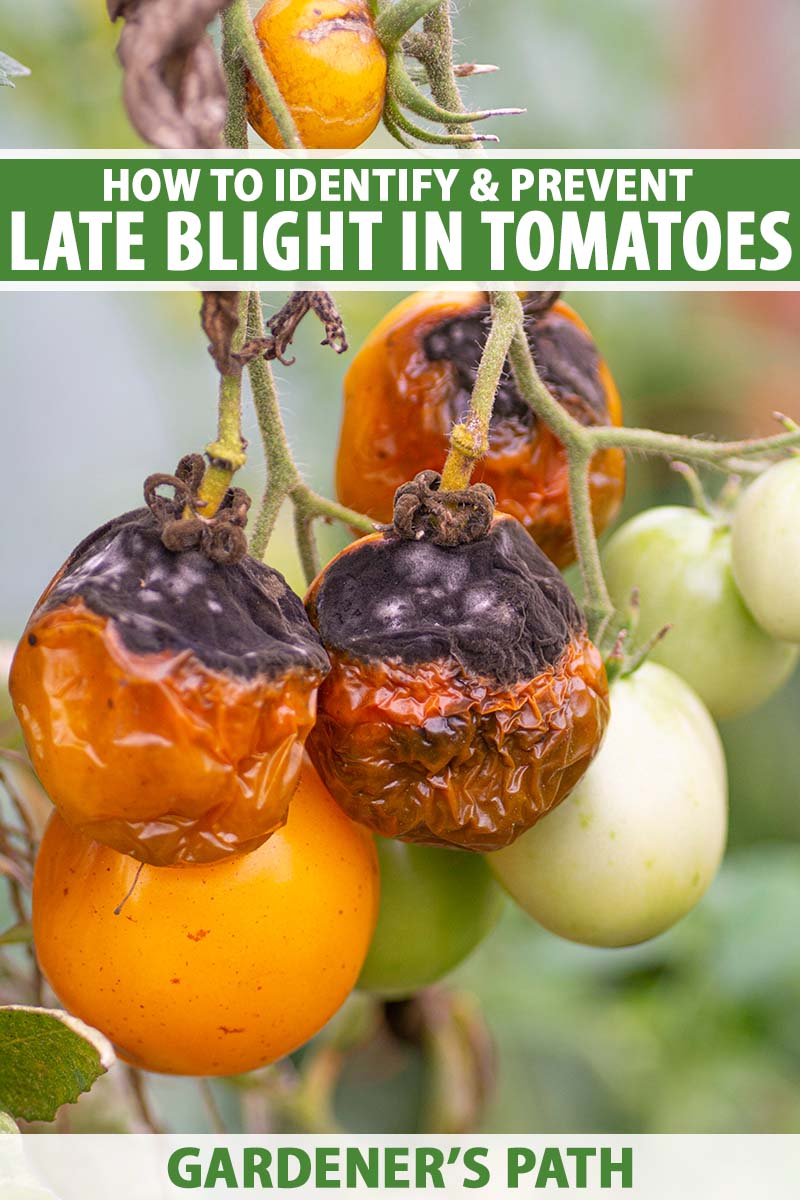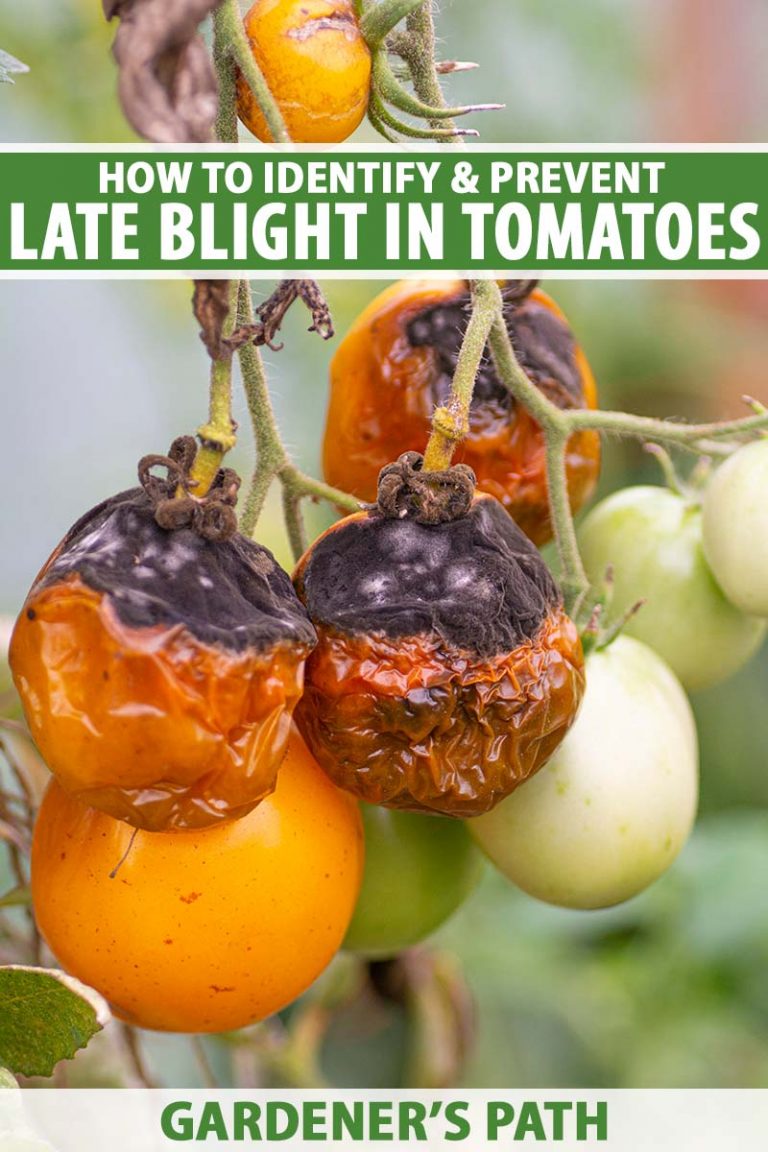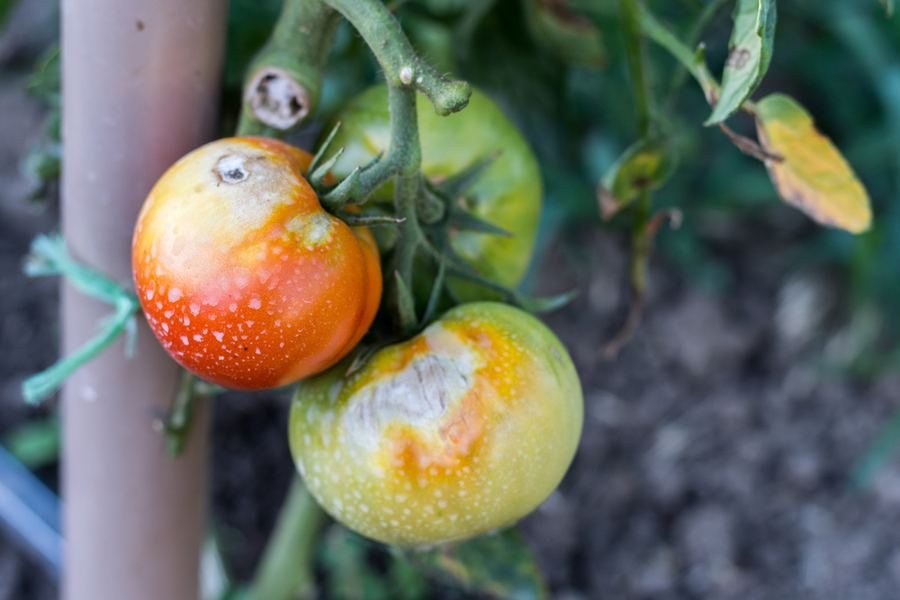What is Tomato Blight and Why is it a Problem?
Tomato blight is a devastating fungal disease that affects tomato crops worldwide, causing significant damage to plants and reducing yields. It is essential to understand what tomato blight looks like to take prompt action and prevent its spread. The disease is caused by various fungal pathogens, including Alternaria solani, Septoria lycopersici, and Phytophthora infestans, which thrive in warm and humid environments.
The impact of tomato blight on crops can be severe, leading to defoliation, reduced fruit production, and lower fruit quality. In severe cases, the disease can cause complete crop loss, resulting in significant economic losses for farmers and gardeners. Early detection and identification of tomato blight are critical to preventing its spread and minimizing damage.
Tomato blight can be challenging to identify, as its symptoms can be similar to those of other diseases or pests. However, by understanding the causes and characteristics of the disease, growers can take proactive measures to prevent its occurrence and reduce its impact. Regular monitoring of plants, proper sanitation, and the use of resistant varieties are essential in managing tomato blight.
In addition to its economic impact, tomato blight can also have environmental consequences. The use of fungicides to control the disease can harm beneficial organisms and contaminate soil and water. Therefore, it is crucial to adopt integrated pest management strategies that prioritize cultural, biological, and chemical controls to minimize the risk of tomato blight.
By understanding what tomato blight looks like and taking proactive measures to prevent its occurrence, growers can reduce the risk of disease and maintain healthy, productive crops. In the next section, we will discuss the early warning signs of tomato blight and how to spot them.
How to Spot the Early Warning Signs of Tomato Blight
Early detection is crucial in managing tomato blight. Regular inspection of plants can help identify the disease in its early stages, allowing for prompt action to prevent its spread. So, what does tomato blight look like in its early stages?
One of the first signs of tomato blight is yellowing leaves. Infected leaves may turn yellow or pale green, and may develop a soft, mushy texture. Black spots or patches may also appear on the leaves, which can be a sign of fungal growth. In addition, white powdery patches may develop on the leaves, which can be a sign of powdery mildew.
To inspect plants for these signs, growers should regularly examine the leaves, stems, and fruit of their tomato plants. Look for any unusual discoloration, softening, or growths on the leaves or stems. Check the undersides of leaves, as well as the soil around the plants, for any signs of fungal growth.
When inspecting plants, it’s essential to look for patterns of symptoms, rather than just individual signs. For example, if multiple leaves on a plant are yellowing or developing black spots, it may be a sign of tomato blight. On the other hand, if only one leaf is affected, it may be a sign of a different problem.
Regular monitoring of plants can help growers catch tomato blight early, reducing the risk of disease and minimizing damage. By knowing what to look for and taking prompt action, growers can protect their crops and maintain healthy, productive plants.
The Different Types of Tomato Blight: Understanding the Variations
Tomato blight is a complex disease that can manifest in different forms, each with its unique characteristics and symptoms. Understanding the different types of tomato blight is crucial in identifying and managing the disease effectively.
One of the most common types of tomato blight is early blight, caused by the fungus Alternaria solani. Early blight typically appears as yellowing leaves with black spots or patches, and can spread quickly throughout the plant. Septoria leaf spot, another type of tomato blight, is caused by the fungus Septoria lycopersici and is characterized by small, dark spots on the leaves.
Late blight, caused by the fungus Phytophthora infestans, is a more severe type of tomato blight that can cause widespread damage to the plant. Late blight typically appears as large, dark patches on the leaves and stems, and can spread quickly throughout the plant.
Each type of tomato blight has its distinct characteristics and symptoms, and understanding these differences is essential in identifying and managing the disease. By knowing what to look for, growers can take prompt action to prevent the spread of the disease and minimize damage.
In addition to understanding the different types of tomato blight, it’s also important to recognize the various stages of the disease. Tomato blight can progress from initial symptoms to advanced stages, and recognizing these stages can help growers take effective action to manage the disease.
For example, in the early stages of tomato blight, the disease may appear as small, yellowing spots on the leaves. As the disease progresses, these spots can grow and merge, forming large, dark patches on the leaves and stems. By recognizing these stages, growers can take prompt action to prevent the spread of the disease and minimize damage.
What Does Tomato Blight Look Like? A Visual Guide
Tomato blight can manifest in different ways, making it essential to have a visual understanding of the disease. In this section, we will provide a visual guide to help you identify the different stages of tomato blight.
Initial Symptoms: In the early stages of tomato blight, the disease may appear as small, yellowing spots on the leaves. These spots can be circular or irregular in shape and may have a faint, powdery appearance.
Advanced Symptoms: As the disease progresses, the yellowing spots can grow and merge, forming large, dark patches on the leaves and stems. These patches can be accompanied by a white, powdery coating, which is a sign of fungal growth.
Severe Symptoms: In severe cases of tomato blight, the disease can cause widespread damage to the plant, including defoliation, reduced fruit production, and lower fruit quality. The plant may also develop a distinctive, blighted appearance, with large areas of dead or dying tissue.
By understanding what tomato blight looks like, you can take prompt action to prevent the spread of the disease and minimize damage. Remember to inspect your plants regularly for signs of the disease, and take action quickly if you suspect tomato blight.
It’s also important to note that tomato blight can be confused with other diseases or pests, so it’s essential to make an accurate diagnosis before taking action. In the next section, we will discuss common mistakes to avoid when identifying tomato blight.
Common Mistakes to Avoid When Identifying Tomato Blight
When it comes to identifying tomato blight, there are several common mistakes to avoid. One of the most common mistakes is confusing tomato blight with other diseases or pests. For example, tomato blight can be mistaken for fusarium wilt, bacterial canker, or even pests like aphids or whiteflies.
Another mistake to avoid is relying solely on visual inspection. While visual inspection can be helpful in identifying tomato blight, it’s not always accurate. For example, some diseases or pests can cause similar symptoms, making it difficult to determine the cause of the problem.
To avoid these mistakes, it’s essential to take a comprehensive approach to identifying tomato blight. This includes inspecting plants regularly, looking for patterns of symptoms, and using diagnostic tools like laboratory tests or expert consultation.
Additionally, it’s crucial to consider the environmental and cultural factors that can contribute to tomato blight. For example, weather conditions, soil quality, and irrigation practices can all impact the development of the disease.
By avoiding these common mistakes and taking a comprehensive approach to identification, you can ensure accurate diagnosis and effective management of tomato blight.
Some common mistakes to avoid when identifying tomato blight include:
- Confusing tomato blight with other diseases or pests
- Relying solely on visual inspection
- Not considering environmental and cultural factors
- Not using diagnostic tools like laboratory tests or expert consultation
By being aware of these common mistakes, you can take steps to avoid them and ensure accurate identification and effective management of tomato blight.
How to Distinguish Tomato Blight from Other Common Tomato Diseases
Tomato blight can be confused with other common tomato diseases, such as fusarium wilt and bacterial canker. However, there are key differences in symptoms and characteristics that can help distinguish tomato blight from these diseases.
Fusarium wilt, for example, typically causes yellowing or wilting of the leaves, followed by a gradual decline in plant growth. In contrast, tomato blight typically causes more rapid and severe symptoms, including defoliation and reduced fruit production.
Bacterial canker, on the other hand, typically causes small, circular lesions on the leaves and stems, which can be accompanied by a sticky, bacterial ooze. Tomato blight, by contrast, typically causes larger, more irregular lesions that can be accompanied by a white, powdery coating.
To distinguish tomato blight from other common tomato diseases, it’s essential to examine the plant carefully and look for the characteristic symptoms and signs of the disease. This may include inspecting the leaves, stems, and fruit for signs of damage or infection, as well as examining the soil and surrounding environment for potential sources of the disease.
Some key differences to look for when distinguishing tomato blight from other common tomato diseases include:
- Speed and severity of symptoms: Tomato blight typically causes more rapid and severe symptoms than fusarium wilt or bacterial canker.
- Lesion size and shape: Tomato blight typically causes larger, more irregular lesions than bacterial canker.
- Presence of powdery coating: Tomato blight typically causes a white, powdery coating on the leaves and stems, which is not typically seen in fusarium wilt or bacterial canker.
By understanding these key differences, you can more accurately diagnose and manage tomato blight, and take steps to prevent its spread and minimize its impact on your crop.
What to Do If You Suspect Tomato Blight: Next Steps
If you suspect that your tomato plants have tomato blight, it’s essential to take action quickly to prevent the spread of the disease and minimize its impact on your crop. Here are some steps you can take:
Confirm the Diagnosis: Before taking any action, it’s crucial to confirm that your plants have tomato blight. Inspect the plants carefully, looking for the characteristic symptoms and signs of the disease. You can also consult with a gardening expert or take a sample of the affected plant to a laboratory for further analysis.
Remove Infected Plants: If you confirm that your plants have tomato blight, remove any infected plants from the garden to prevent the spread of the disease. Dispose of the infected plants in a sealed bag or by burning them to prevent the spores from spreading.
Disinfect the Garden: Disinfect the garden by removing any debris or weeds that may be harboring the disease. Use a solution of 1 part bleach to 10 parts water to disinfect any tools or equipment that may have come into contact with the infected plants.
Apply Fungicides: Apply fungicides to the remaining healthy plants to prevent the spread of the disease. Choose a fungicide that is specifically designed to control tomato blight, and follow the instructions on the label carefully.
Improve Garden Hygiene: Improve garden hygiene by removing any debris or weeds that may be harboring the disease. Keep the garden well-ventilated, and avoid overhead watering to prevent the spread of the disease.
By taking these steps, you can help prevent the spread of tomato blight and minimize its impact on your crop. Remember to act quickly, as the disease can spread rapidly if left unchecked.
https://www.youtube.com/watch?v=hklNzw6iSfA
Preventing Tomato Blight: Tips for a Healthy Crop
Preventing tomato blight requires a proactive approach to maintaining a healthy crop. By taking steps to prevent the disease, you can reduce the risk of infection and minimize the impact of the disease on your crop.
Crop Rotation: Crop rotation is an effective way to prevent tomato blight. By rotating your crops, you can break the disease cycle and reduce the risk of infection. Rotate your tomato crops with non-solanaceous crops, such as corn or beans, to reduce the risk of disease.
Sanitation: Sanitation is critical in preventing tomato blight. Remove any debris or weeds that may be harboring the disease, and disinfect any tools or equipment that may have come into contact with infected plants.
Resistant Varieties: Planting resistant varieties of tomatoes can help prevent tomato blight. Look for varieties that are resistant to the specific type of blight that is common in your area.
Soil Health: Maintaining healthy soil is essential in preventing tomato blight. Add organic matter to the soil, such as compost or manure, to improve soil structure and fertility.
Water Management: Proper water management is critical in preventing tomato blight. Avoid overhead watering, which can splash water onto the leaves and spread the disease. Instead, use drip irrigation or soaker hoses to deliver water directly to the roots.
By following these tips, you can reduce the risk of tomato blight and maintain a healthy crop. Remember, prevention is key, and taking proactive measures can help you avoid the devastating effects of tomato blight.







